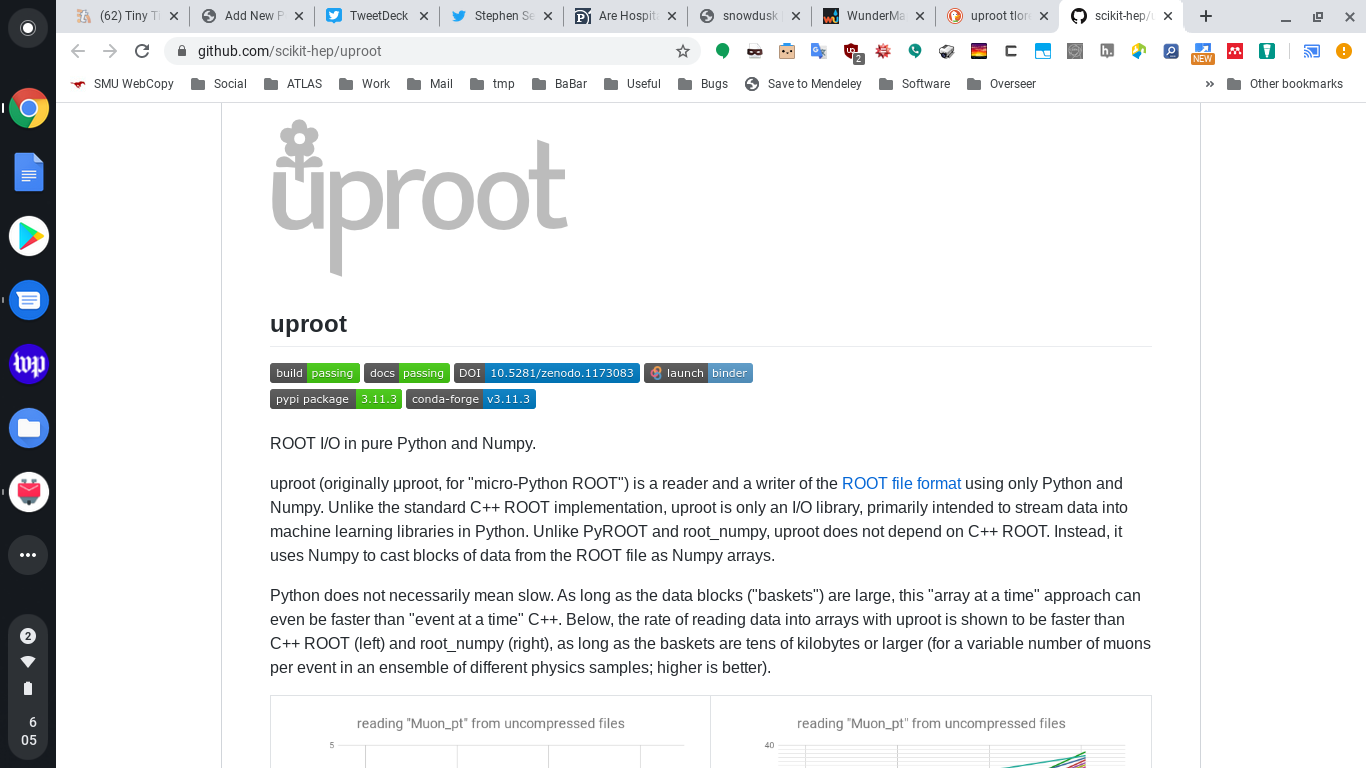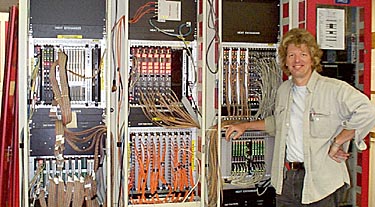Just about one year ago, the Large Hadron Collider had a very well-intentioned opening ceremony. It was globally advertised, and along with the opening came a number of strange controversies over how the LHC would destroy the earth. It all soon passed when the reality of a complex frontier physics experiment set in: an accident destroyed part of the accelerator and led to at least a year delay in operations of the accelerator.
While this gave ATLAS and CMS time to conclude parts of their construction, it prevented serious commissioning of the experiments with real collider data. Now, as the 1 year anniversary of the LHC opening ceremony approaches, a number of press articles have appeared describing the current state of the LHC and decrying the failure to deliver physics. Today’s New York Times article is a realistic, if scathing, report on the state of the collider [1]. But in addition to this, programs like KCRW’s “To The Point” [2] have picked up the story and run with it.
What has bothered me about the reporting I have seen today is the quality of the reporting being done on the story. The facts are the facts: no doubt, the LHC has problems and no doubt this is an opportunity for Fermilab. I don’t dispute that U.S. involvement in the LHC also has challenges (please lets not forget that the U.S. has invested $500 million in the LHC program).
What bugs me is that the NY Times takes half of its quotes from theoretical physicists. Theorists,while they are interested parties (especially in the outcome of the measurements) are now, during startup and commissioning, more in a position to complain than to really solve the experiental problems and assist in the solutions. Of the quotes in the article, about half come from theoretical physicists whose focus is largely on the loss of physics if the LHC cannot run at design energy. Mainly, they are talking about losses framed in the expectations from their own published work, rather than from the realities of physics at high-energy scaled (which is currently completely unknown). The experimentalists seemed to be more pragmatic (at least, those quoted) focused on solving the problem and getting running, regardless of the energy of the collisions. I’m not sure that having half your quotes from theorists and half from experimentalists is what “showing both sides” is all about – in the end, we all have a vested interest in this program succeeding.
Regarding “To The Point’s” coverage, this was a little more lo-fi. I happen to know the physicist interviewed for the program. I also happen to be VERY annoyed that in their link to the Fermilab website, they refer to FNAL as the “Fermi National Library”. I know they meant “Laboratory”, but WTF?! Where is fact-checking in this reporting, even for the basics? How does the public know you are getting the science right if you screw up the name of the competing laboratory? I know it seems little, but this is an easy fact to check; how do I know they are explaining the Higgs, extra dimensions, or even the basics of LHC operations correctly to the public?
Every news story is an opportunity to raise awareness about the science. Both the NY Times and “To The Point” pieces achieve mention of the science, even if they do so in their own strange ways. CERN’s own communications machine created this monster, in a way, by hyping the LHC at a time when they felt success was really in sight. Sadly, the reality of this complex machine got in the way of the positive storyline. What are the lessons? It’s OK to go for hype, if you’re willing to manage the consequences. We’ve arrived at the consequences, and what matters now is how we all deal with the reality that the original LHC vision is not quite within reach.
[1] http://www.nytimes.com/2009/08/04/science/space/04collide.html?_r=2&hpw
[2] http://www.kcrw.com/news/programs/tp/tp090804cash_for_clunkers_do



